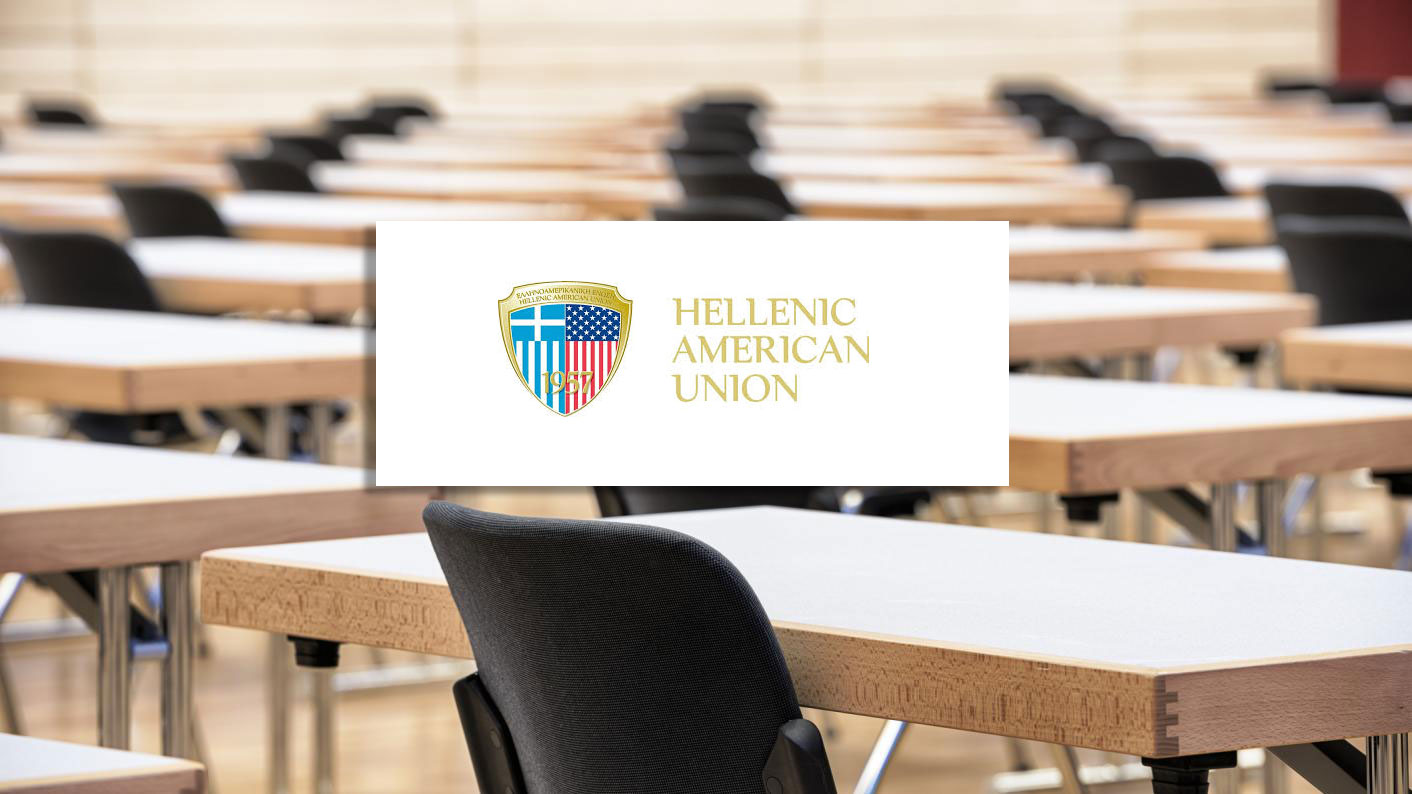This may seem like an unusual introduction to an ELT article, but bear with me- I have a point and I promise I will be making it soon. You see, my two sons are huge fans of LEGO. They spend hours on end building amazing structures, disassembling the ones they are not absolutely happy with, and starting over. This occupation of theirs has been a wonderful source of inspiration for me. I have spent countless hours observing them at work and one of the things I have learnt is that putting LEGO pieces together pretty much works like structuring language.
Text by: Katerina Tsakou
As any LEGO fan can verify, a successful attempt should include three elements: a sturdy base, a towering and impressive construction, and all the frills and decorations that make your endeavor unique and beautiful. Similarly, a B2-level student – regardless of the specific test they will or will not take- is expected to be able to produce oral language that sounds confident, well-supported, and natural. If we manage to incorporate in our teaching those strategies that will get students to visualise language as a LEGO building, then we will most likely be able to help our learners produce language that makes the mark.
A sturdy base: Every time we speak, we make use of the knowledge we already have. We use vocabulary that we know effectively describes what we are talking about and follow rules (unconsciously mostly) that we know will help to get our message across. For our B2 learners all this is the knowledge they have acquired in previous levels, all the vocabulary and grammar they have been studying through the years, which hopefully they have mastered. This is the foundation on which they can start building. They need to realise that they have something to fall back onto, that it is not unchartered waters they are navigating. This will give them the confidence and the boost they need to start talking. The way I see it, this is what all these “brainstorming” activities we often engage in are about- to help our learners realise that they are halfway there, they already know a few things and that speaking English is not impossible after all. In that respect, it is clear why ELT teachers choose to begin any session with a Lead-in activity. We trust that our learners already have some tools to use, and design tasks to let them see so for themselves. It can be a game, a crossword puzzle, a quiz, good old flashcards, a video, a song- anything for that matter that would activate the vocabulary or grammar our students will need.
A towering construction: As my boys claim- and I do take their word for it- a LEGO building can be as tall and as impressive as you choose it to be. Similarly, our students’ oral production can be short and strained or elaborate and detailed. One thing that the “Building Block” method points out is that most buildings out there have four sides. We could correspond each “wall” of the speaking “structure” our learners are producing to four key question words and help them build up- what (do they think?), which (examples or evidence can they provide to support their opinion?), why (do they think they are right?) and why not (consider another option or idea?). This step-by-step approach can prove to be valuable, especially if we take into account how many different types of learners it can accommodate. Let’s take visual learners, for instance. It is definitely helpful for them to picture their answer to any question. It can also work very well with analytical learners, as it helps them organize ideas and tick things off their “to-do” list. Plus, if we feel like taking this a step further, actual LEGO bricks can assist kinesthetic learners who will find speaking far easier if they are literally building these four walls at the same time.
Frills and decorations: Honestly, the techniques and activities that serve this element of our “Building Block” method are countless. It is a matter of personality and aesthetics after all. Just like any building can be decorated to meet the designer’s standards, similarly, B2 oral production can be supplemented by a series of tricks that would make our learners sound more natural. I trust we have all found body language to come in handy in various occasions in our lives, so why not train our students to resort to that? Gestures, facial expressions, body movement, a smile or a frown- all that can help to get their message across. In my experience, role play is great practice.
Further down the lane, teaching not individual vocabulary items but rather language chunks and designing tasks will help students assimilate and use them naturally when needed. That said, level appropriate vocabulary is expected. For example, on a B2 level a plain “yes/ no” answer or “I agree/ don’t agree” may be correct but not good enough. It is fundamental to help learners build their own vocabulary bank. Through the years I have found that Post-It notes are amazingly versatile. After the vocabulary areas which students need to improve have been identified, a pack of Post-it notes is handed out, each of which provides a level-appropriate word, phrase, or chunk which the student is required to incorporate in their answer. Although it is quite daunting at first, it has proven to be very effective as students make language their own and in time decide what works best for them. Plus the fact that this Bank is a confidence booster since they feel assured that they have all the tools they need for the task at hand.
In a nutshell, B2 speaking is just that- speaking. The challenge remains to help our students realize that it is just like everyday communication; like a nice, creative, fun LEGO building game.



